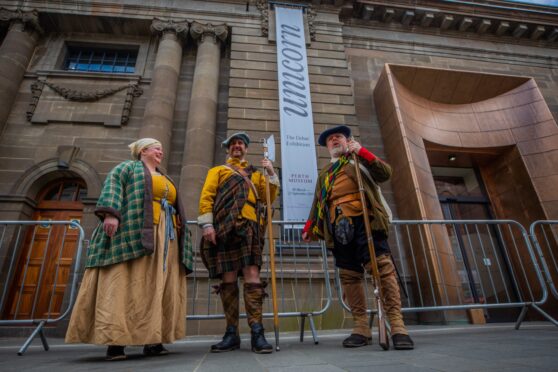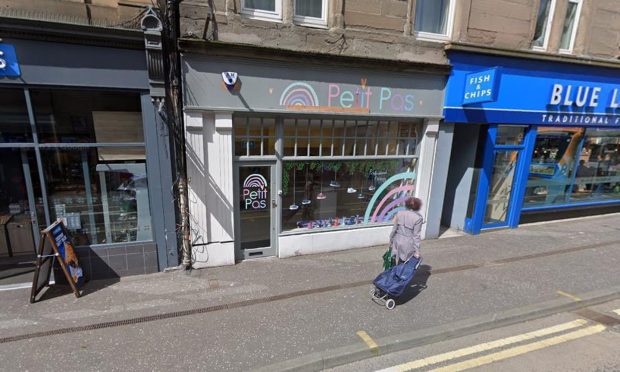Councillors have voted overwhelmingly to crack down on over-development across Perth and Kinross.
They have agreed to shake up the rules on how many houses developers can build on designated areas, to prevent them “cramming in as many as possible”.
It comes after builders have gone way over the suggested number across the region in recent years.
All empty land earmarked for housing has a suggested number of homes in the council’s local development plan but this has been exceeded in recent planning applications in Perth, Auchterarder and Blairgowrie.
At a full council meeting on Wednesday, councillors voted by 33 to five to change this to a scale system – such as between 100 and 150 houses – but with a fixed maximum.
Any planning applications for more than the agreed maximum will be rejected.
It is hoped this will provide reassurance to residents who have seen much larger developments spring up than they had expected.
It will also leave more room for facilities including shops, play parks and gardens.
Strathmore councillor Colin Stewart put forward the amendment.
He said: “The majority of approved major applications have exceeded the site housing numbers identified in the last local development plan
“This has occasionally led to friction between communities, developers, planners and elected members who are asked to decide on applications.
“This change will set clear parameters for developers, confirm our communities’ expectations of the local development plan and it will give clear guidance to officers and elected members when assessing and determining major applications that come before them.”
Highland councillor Xander McDade agreed, saying although housing is needed, it should not be quantity over quality.
“If we allow developers to cram in as many houses as possible there is no space for amenity or for children to play,” he added.
But those who voted against the change raised concerns there will be no room for exceptional circumstances or developers who want to build a higher number of small houses.
Depute provost Willie Wilson said: “We live in changing times and in the next few years there will be more rapid change.
“We need a degree of flexibility and putting a strict upper limit is not appropriate. We have a range and if developers want to exceed that they should come up with a set of reasons and exceptional circumstances.”
The local development plan outlines the “appropriate use of land” in a long-term strategy for the region, in what council leader Murray Lyle described as one of the most important documents for the local authority.
It will be sent to Scottish Government for approval before it becomes the official new plan next spring.










